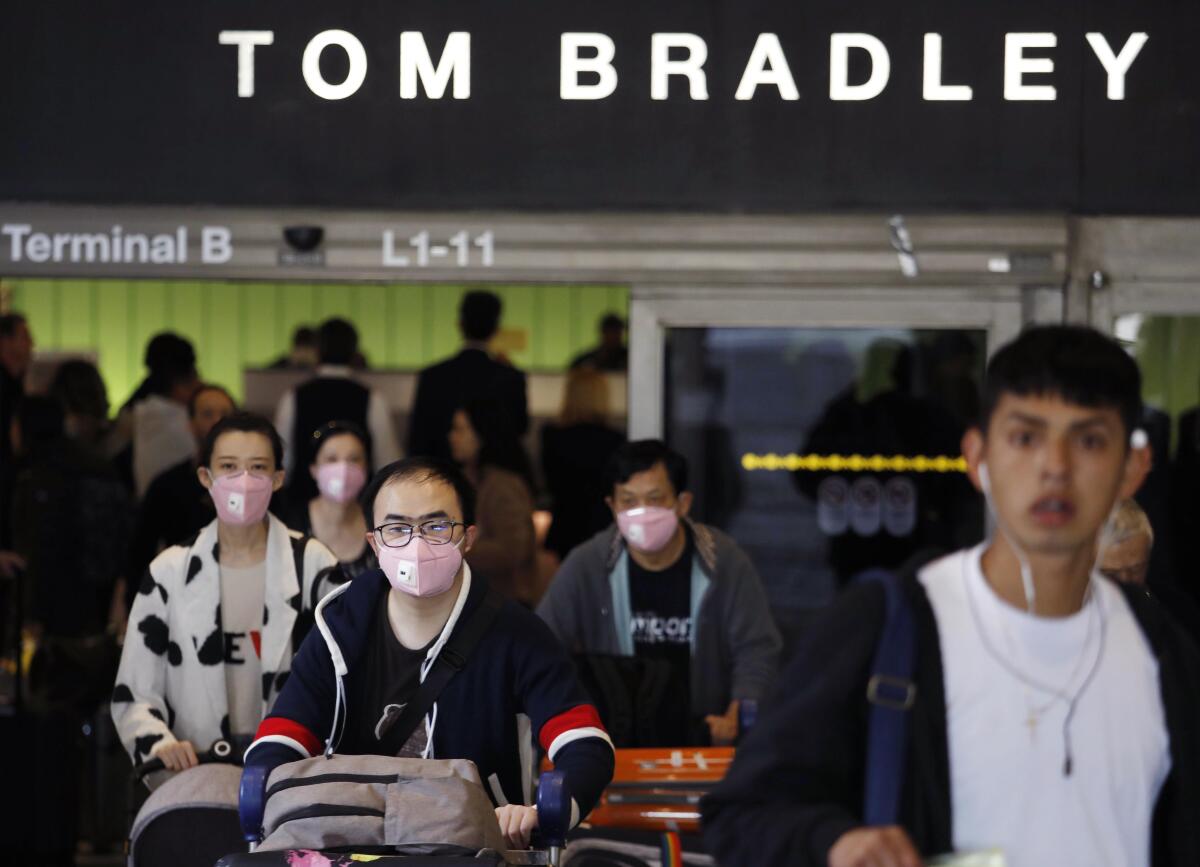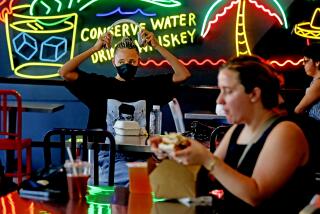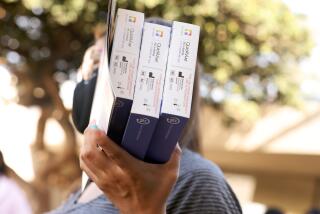Despite new U.S. coronavirus deaths, ‘the risk is low,’ Trump officials say

Even as the U.S. death toll from the coronavirus rose to six and the spread continues in California, senior public health officials continued to stress that the coronavirus does not represent a serious threat to most people.
“The risk is low,” said Dr. Anthony Fauci, director of the National Institute of Allergy and Infectious Diseases.
Dr. Robert Redfield, director of the U.S. Centers for Disease Control and Prevention, added that there are no advisories for travel within the U.S.
Trump administration officials reported Monday evening that the number of domestic cases of the new coronavirus now tallies 43, not including the 48 people who were repatriated after contracting the disease abroad.
Twenty-nine of those cases are in Washington and California, they said.
Santa Clara, San Mateo, Placer and Sonoma counties all reported new cases of the coronavirus on Monday.
“To prevent any illness, follow CDC guidelines including washing your hands frequently, covering your sneeze and staying home when sick,” said Dr. Scott Morrow, San Mateo County health officer. “Also, please dust off your personal emergency plans to make sure you have proper provisions at your home including water, medications and food.”
Santa Clara County confirmed two new cases of the coronavirus.
And 26 of the 43 domestic cases are not travel-related, but were contracted through contacts with others in the community.
Vice President Mike Pence, who is leading the administration’s coronavirus response and joined President Trump at a meeting Monday with pharmaceutical executives, acknowledged that any vaccine for the disease would not be available until later this year, at the earliest.
But Pence said medications to treat the disease could be available by late summer or early fall.
Pence added that the administration may consider more travel advisories, adding to the warnings issued over the weekend about travel to regions of Italy and South Korea. Pence did not identify any specific additional countries, though he indicated that authorities are monitoring what is happening in the European Union, whose open borders allow relatively free travel across the continent.
During Monday’s meeting with pharmaceutical executives at the White House, Trump said it’s “likely that therapies will be available before a vaccine is actually ready and we will seek to bring all effective treatments to market as soon as possible.”
Health and Human Services Secretary Alex Azar said the administration’s emphasis would be on speeding the development of vaccines, therapies and fixing any supply chain challenges.
“We want to know how can we not get in the way, but rather speed that development process along,” Azar said.
Fauci said it would take at least a year to a year and a half to develop a vaccine.
Pharmaceutical executives offered a faster timeline for therapeutic treatments, estimating that they could begin human trials in the spring. Trump said a therapeutic treatment “in my opinion, in this case, would be better,” he said, vowing to reduce red tape for treatments.
Pence said he spoke with 53 governors Monday by video and telephone conference, and planned to meet soon with the cruise and airline industries as well.
He said Trump would be traveling to the National Institutes of Health in nearby Maryland on Tuesday and meeting with CDC officials later in the week.
More to Read
Sign up for Essential California
The most important California stories and recommendations in your inbox every morning.
You may occasionally receive promotional content from the Los Angeles Times.











